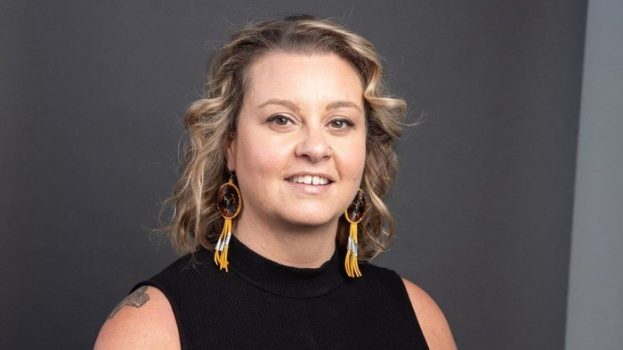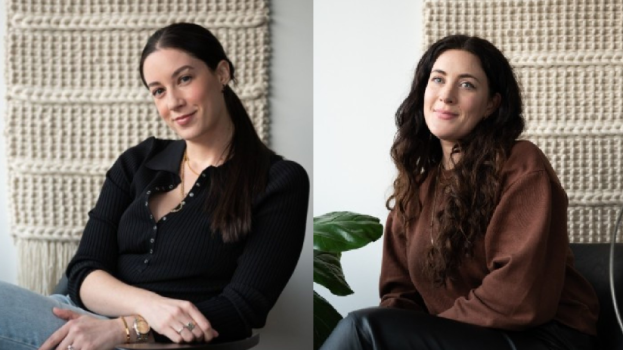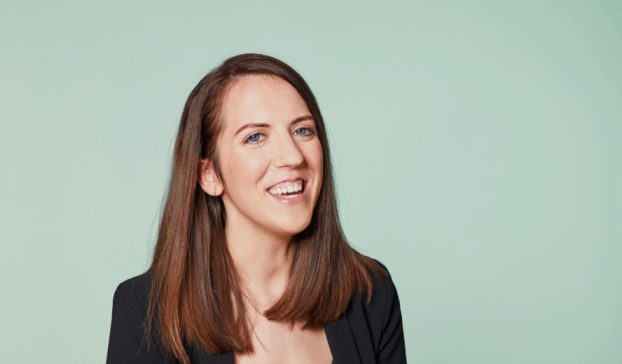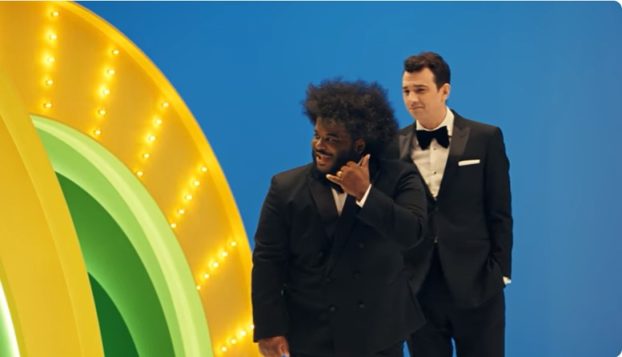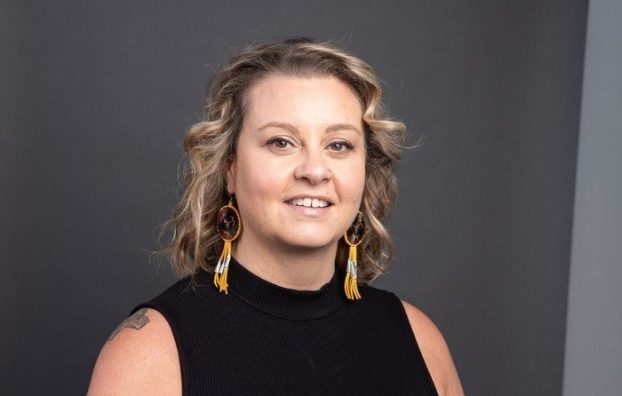
By Ty Burke
As Toronto’s Hospital for Sick Children celebrates its 150th anniversary, the marketing team envisions its next fight to improve the health of kids. Along with new AOR FCB Toronto, the SickKids Foundation’s latest work, “The Count,” won four medals at the 2025 Cannes Lions, including a Gold and Bronze in Health & Wellness, a Silver in Film and a Bronze in Film Craft. This story first appeared in the Summer 2025 issue of Strategy Magazine.
For Ella Goldberg, the morning of July 2, 2015 began in a pretty typical way. A bus picked her up at home to take her to summer camp, where she would do activities like riding horses with her friends. But Ella’s day ended in a very unfamiliar place: under the knife in an operating room at Toronto’s Hospital for Sick Children, also known as SickKids.
Ella was thrown from a horse and it rolled on top of her, fracturing her skull in more than 10 places. She was rushed to the hospital, but her prognosis wasn’t good. Ella could easily have died that day, but because of the care she received, this story has a happy ending. She received life-saving surgery and after a summer of intensive rehab, went back to school with her friends that September.
“I didn’t fully understand what was happening, and I didn’t even know the extent of my own injuries,” says Ella, who is now an undergraduate psychology student at Western University. “But I knew I wanted to be a normal kid again. I just wanted to do the things normal kids would do, like swimming or jumping on a trampoline.”
Ella did do those things again. And to demonstrate her gratitude, she set up a lemonade stand in her neighbourhood with her sister. They earned $150 and took the money to the hospital in person to make a donation. And so began a fruitful collaboration between Ella Goldberg and SickKids.
Opening up a creative sandbox
Ella’s uplifting story and can-do attitude made her an ideal fit for SickKids’ now-famous “VS” platform, which debuted in 2016 as a major departure from the sentimental marketing that was typical of children’s hospitals – or any non-profit organization, for that matter. With the help of its then-AOR Cossette, the marketing team repositioned SickKids as a centre of excellence.

“Previously, SickKids asked people to feel sorry for us, and we did that because that’s what the charity category taught us would get you donations,” says Kate Torrance, VP, head of brand, content and communications at the SickKids Foundation, the organization’s charitable arm. “But we looked inward and asked what part of our story we hadn’t told before. SickKids makes miracles happen every day. We have the best and brightest talent in the world. And we realized we should shine a spotlight on that.”
That insight unlocked an entirely new approach to its advertising – where SickKids shifted from a charity brand to a performance one – which has since been emulated by other non-profits across Canada and around the world. “Once we made the switch, our creative sandbox blew wide open,” says Torrance. “All of a sudden, we were looking at the tropes used by Nike or Under Armour.”
The “VS” platform launched with “Undeniable.” It was the first of many memorable campaigns that Cossette produced. In it, Ella was shown as a portrait of strength – a diminutive girl in oversized scrubs. Arms crossed, biceps clenched and a fierce gleam in her eyes. She became the new face of SickKids; her image shone on the LED screens that lit up Yonge-Dundas Square, on TV screens, in subway cars, as well as the hospital atrium.
When Ella visited SickKids, she would see patients posing against the backdrop of her image, recreating it. The children in these photographs sometimes wore scrubs themselves, and mimicked her me-against-the-world stance as they navigated their own healthcare journeys. “People would reach out to my parents to tell them how much it had helped their kids in recovery to look up and see this picture every day,” she says. “That really meant a lot to me.”
A few years later, in 2021, the agency used “VS” to introduce the public to SickKids’ bravery beads program, which invites patients to collect beads when they undergo a procedure or significant health related experience. Using the beads, a child can make a necklace that showcases their bravery. Called “One Million Strong,” the ad showed a stream of hundreds of colourful beads floating weightlessly through otherwise sterile hospital scenes.
That same year, Cossette took a more documentary-style approach with a Mother’s Day campaign called “Moms vs. Hard Days,” a video that took viewers along on more than 200 days of one family’s cancer treatment journey. The award-winning work showed scenes where the mother quietly cries as her son prepares for chemotherapy treatments, where he’s rushed back to hospital by ambulance, and finally, to the day when her son is able to play outside with his sister again. The video concludes with the tag, “This Mother’s Day, help a SickKids Mom stay strong.”
“Raising money is what we are here to do, but to do that, we need to drive affinity with SickKids,” says Heather Clark, the CMO at SickKids Foundation. “We need people to feel connected with the SickKids brand. Sometimes people think our advertising is easier because people already like SickKids. And it is true that people like us, but we are only one charity in a sea of many… You need to stand out.”
Selling a feeling
SickKids is primarily funded by the Government of Ontario, and it provides free medical care to pediatric patients from Ontario. The hospital also treats some patients from other provinces, and even other countries. So then why would its Foundation need to house such a highly sophisticated marketing operation?
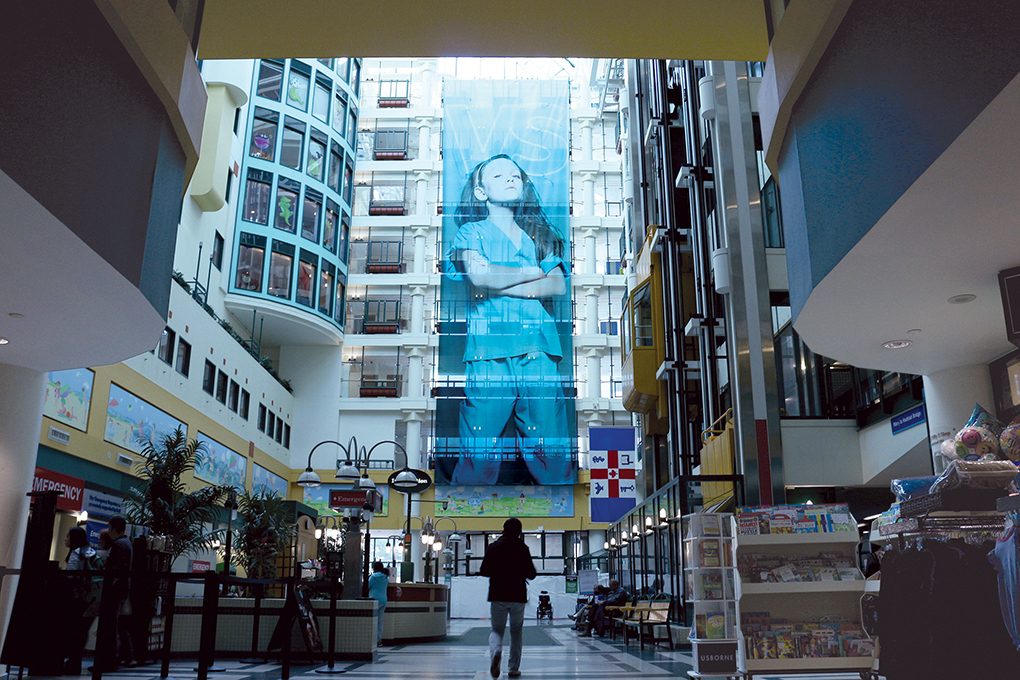
Even though the bulk of the hospital’s funding comes from the public purse, philanthropic donations play an important role in making the hospital a world leader. Donations help fund research and provide a lot of extras for patients – activities like spaces where patients can spend time with their families and art studios where they can foster their creative expression. SickKids doesn’t just treat patients, it helps children create positive memories during challenging times.
In some ways, selling people on the idea that they should make a donation is not so different from a commercial brand selling a product or service. You need to raise awareness of your brand and build affinity so you can convince a person to part with their money. And once you’ve done that, you need to keep that customer or donor loyal. Except that with SickKids, “we’re not selling widgets. There is no coffee or handbags for sale. What we really sell is a feeling,” says Clark. “There is an emotion you feel when you donate. You feel pride.”
And that’s why the “VS” platform positioned donors as active participants in the fight against the greatest challenges in child health.
“Ultimately, we want to drive recurring revenue on monthly donations,” Clark says. “We need to make donors feel like they are fighting for these kids. That might start with an ad campaign, but donor communications are equally important, if not more so. When a donor signs up, they go on a journey with us. They get beautiful, emotive content that connects them to the cause, and shows them how their money is making a difference.”
High risk, high reward
Over the years, the “VS” work has won more than 400 creative awards – including 24 Best in Show or Grand Prix awards from around the globe. Positive results also showed up on the bottom line. Initially, SickKids had set a fundraising goal of $1.5 billion to build a new hospital and they exceeded that goal by $200 million. But not everyone was on board with the approach at first.
“Cossette’s then-CCO Carlos Moreno used to joke he kept a blazer hanging on the back of his door during the year leading up to the launch,” says Torrance. “So he could walk a high-value donor, board member or hospital leader through the strategy. We took a lot of time to socialize it – we wanted to make sure we had built an army of support by the time we launched the platform.”
In some ways, the concept wasn’t such a hard sell. After all, Cossette and the SickKids marketing team were pitching healthcare leaders on a platform that showcases resilience and strength. But leadership also needed to understand the radical shift in tone. Traditionally, SickKids donors were mostly women and largely middle-aged, but to meet the ambitious fundraising targets a new hospital demanded, they needed to bring in new donors – and that included men. A tonal shift from sentimental to strong could help achieve that.
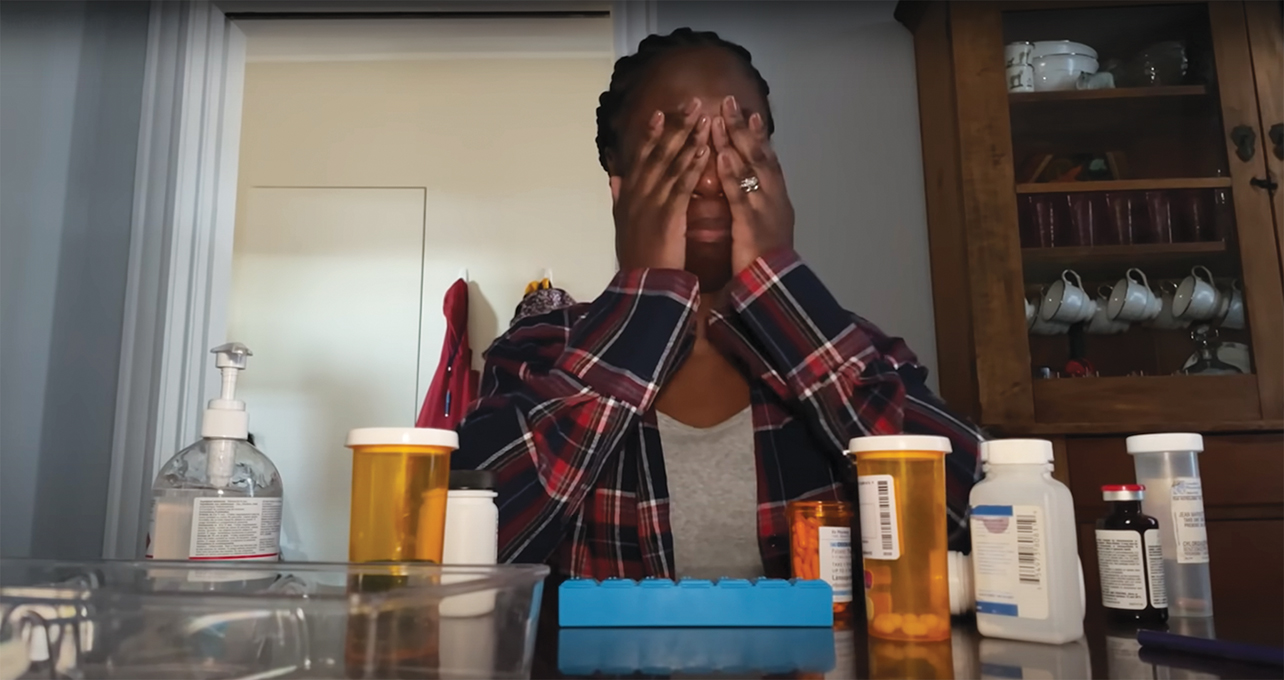
“We knew we had stumbled onto an incredibly simple and powerful way of articulating our mission,” says Torrance. “But we had no idea how impactful it was going to be and what the response would be. When the first campaign under the platform launched, we couldn’t get off social media all weekend because a Globe and Mail article covering the spot generated five million views in 24 hours. None of us had ever seen anything like it.”
The years of bold work led to other charities reaching out to SickKids to talk about how they could adopt a similar approach. But all of them had one question: How did you convince a conservative organization to do something so different? A big part of obtaining buy-in was through the “rip film” the SickKids marketing team put together with Cossette and director Mark Zibert.
Using found footage, they crafted a video that demonstrated what this tonal shift could look like.
“Before we even shot an ad, we had our stakeholders comfortable,” says Torrance. “And the biggest win of all was getting them comfortable with the fact that they didn’t like it – and didn’t need to. It was actually a good sign they didn’t like it, because they weren’t the intended audience. The platform was about expanding our base and not telling the same story in the same way to the same people. Once leadership understood that, they could appreciate they didn’t need to personally like it.”
Part 2 of our SickKids feature will be published in our daily newsletter on Thursday.

